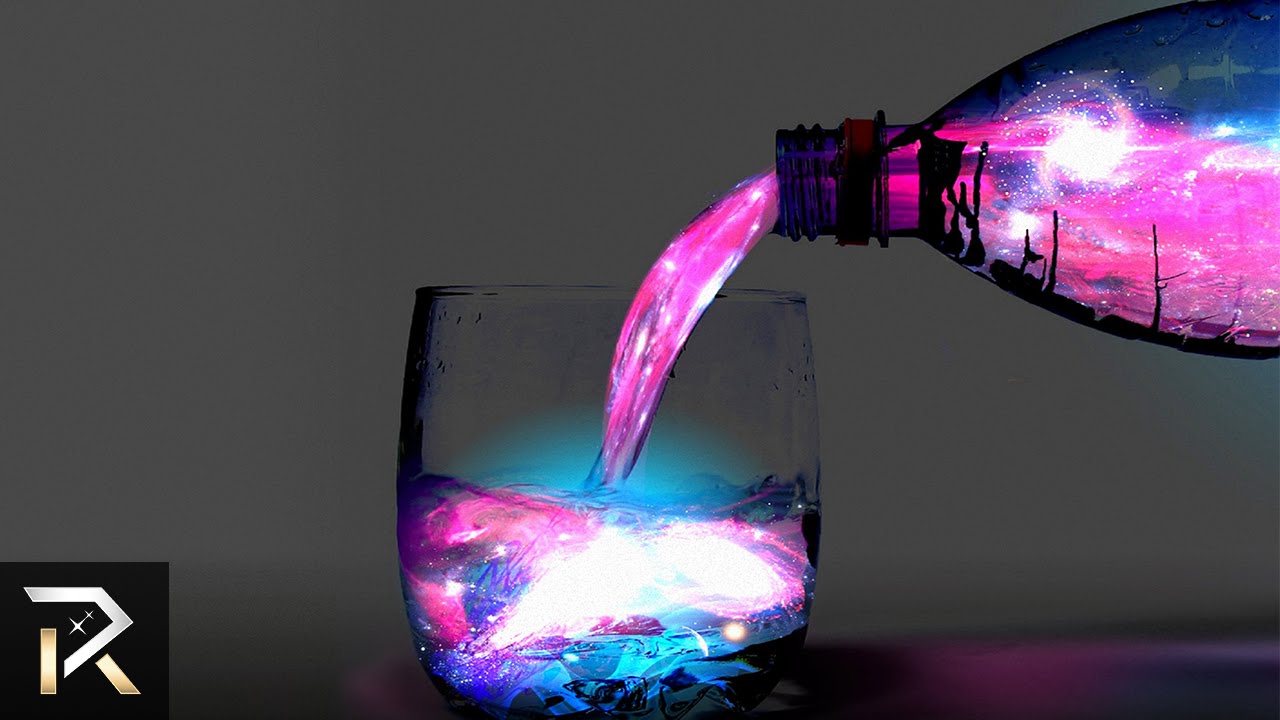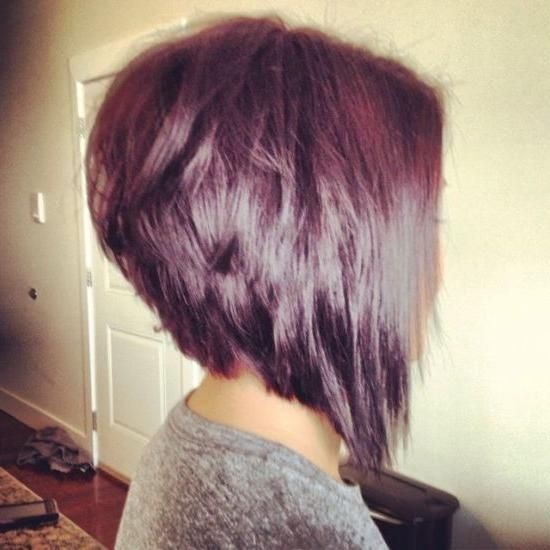Table of Content
There are plenty of bridge-building experiments out there, but this one is unique. It’s inspired by Leonardo da Vinci’s 500-year-old self-supporting wooden bridge. Learn how to build it at the link, and expand your learning by exploring more about da Vinci himself. Put all their engineering skills to the test with an egg drop! Challenge kids to build a container from stuff they find around the house that will protect an egg from a long fall (this is especially fun to do from upper-story windows).
Our new student and parent forum, at ExpertHub.PrepScholar.com, allow you to interact with your peers and the PrepScholar staff. See how other students and parents are navigating high school, college, and the college admissions process. Taste Bud 101 – Learn about the taste buds with this fun and interactive experiment. Water Bending Trick – Learn how to bend water with one simple thing you have lying around your house.
Crystallize your own rock candy
Or check the Free Kids Activity Library for crafts, games and children's activities. Have you ever wondered about the magnetic north pole? We don't have all the answers, but you will find some interesting facts about the science behind our experiments.
First, you fill one glass with clear soda, and another glass with plain water or a different liquid that does not have gas bubbles. Then, place the raisins in each glass, and watch how they dance in the glass with clear soda. Next, if you want your slime to be colorful, add a few drop of food coloring to the mixture. The next step is to add 8 drops of your favorite color food coloring into the bottle. The soap is breaking the surface tension of the water! Surface tension exists in water because the water molecules like to stick together.
Science Experiments for Kids:
When you add the dish soap to the milk, the soap molecules try to attach to the fat molecules in the milk. This colorful experiement is a super simple way of demonstrating capillary action, water travel, and color mixing. Next, add the food coloring, one color in each cup, preferably in rainbow order. This colorful science experiment is sweet as sugar.
Then, float small plastic pieces or grapes in each of the glasses and observe whether they float or not. Saltwater is denser than freshwater, which means some objects may float in saltwater that would sink in freshwater. You can use this experiment to teach kids about the ocean and other bodies of saltwater, such as the Dead Sea, which is so salty people can easily float on top of it. Use shaving cream and food coloring to simulate clouds and rain. This is an easy science experiment little ones will beg to do over and over. Here at Science Sparks we know how tricky it can be having the kids at home all day especially if you’re trying to work or have children of different ages to look after.
New Year’s Eve Celebrations for Kids (
It's hard to top the excitement of a volcano erupting inside your home. This experiment can also be as simple or in-depth as you like. For the eruption, all you need is baking soda and vinegar , but you can make the "volcano" as elaborate and lifelike as you wish. If you’re searching for child friendly science experiments, look no further! 90% of the science experiments on Science Sparks are perfect for science at home.
Soap Boats – Explore density with this easy DIY boat-making activity. Egg Teeth – Explore how sugar affects teeth in this easy experiment. Food coloring dissolves in water but not oil, causing it to go different directions. This simple experiment will demonstrate static electricity right before your eyes. Then, fill another glass with water and add 8 tablespoons of salt. First, put the bar of soap in a microwave safe bowl.
Magical Balloon
These lessons are a good place to get started if you are uncomfortable with what science is. Classroom ideas, free printables, and great teacher ideas right here. Challenge students to engineer the best possible umbrella from various household supplies. Encourage them to plan, draw blueprints, and test their creations using the scientific method. Use your engineering skills and items from around the house to design and build a cell phone stand. You’ve probably ridden on a Ferris Wheel, but can you build one?

Tie Dye is not just for fashion – it’s a science experiment! Who would have thought that everyone’s favorite t-shirt pattern is actually a great science lesson, too? All you need is an old white t-shirt or pillowcase, some rubber bands, buckets, and dye. Add liquid watercolors to the vinegar so your child has a variety of colors to use. It will take a few hours at least, but pretty soon you’ll notice the leaves changing colors.
Have you ever gone into a cave and seen huge stalactites hanging from the top of the cave? The water is filled with particles which slowly accumulate and harden over the years, forming stalactites. You can recreate that process with this stalactite experiment. This pulley is best set up outside, but can also be done indoors. During this time of quarantine, people everywhere are showcasing their creativity for entertainment and learning.

The gas bubbles from the soda carry the raisins upwards. Do you have a budding scientist living in the house with you? You’re probably looking for ways to foster their love of science and all things STEM. And if your science inquiry doesn't go as expected, you can expect our customer service team to help. Count on friendly voices at the other end of the phone and expert advice in your inbox. Regardless of your reasoning, we are here to help you learn science at home with ease, support, and affordability.

No comments:
Post a Comment